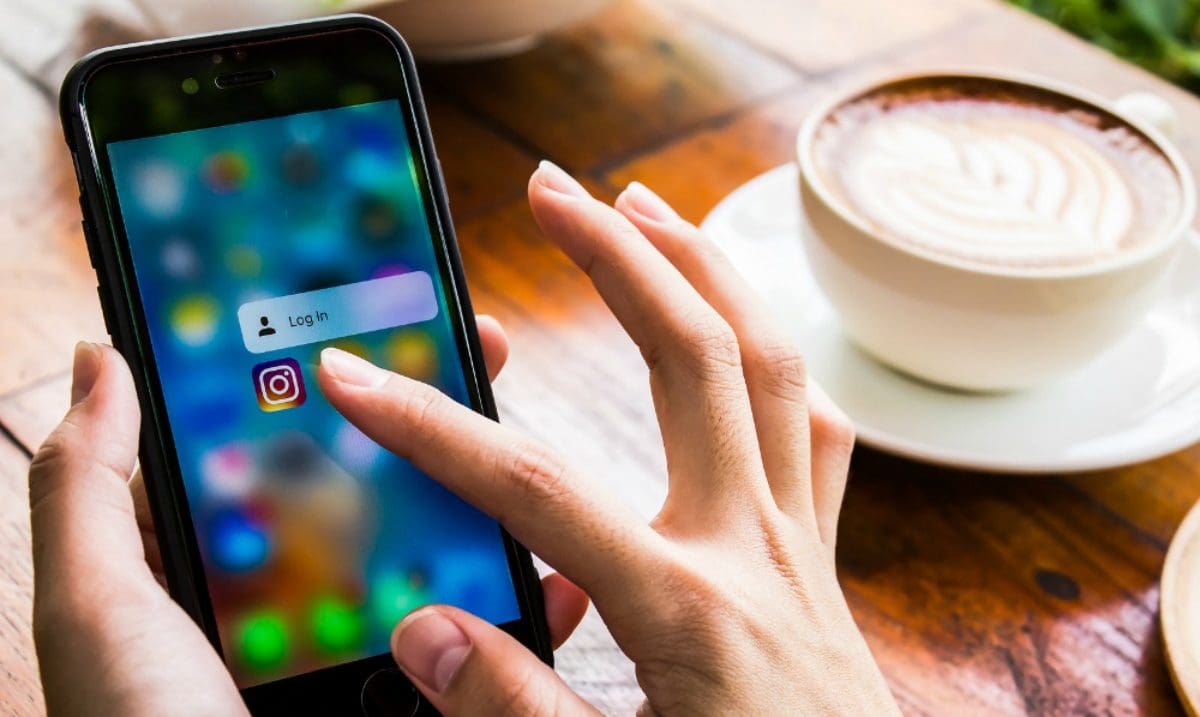Finding the right influencers to partner with your brand is no simple feat. You have to make sure the people you select are authentic and engaging, who care about their followers and share your brand values.
And, increasingly, you also have to verify that influencers – and their followers – are real.
Fake Instagram accounts are a growing problem for marketers. It’s easy and cheap to buy followers and engagement, so that account with 40,000 followers, pretty pictures and lots of likes may not be as legitimate as it seems.
Marketing firm Mediakix recently conducted a telling experiment to prove just how easy it is to become a fake influencer and secure deals with brands. The firm created two Instagram accounts, @wanderingggirl (a travel and adventure photographer), and @calibeachgirl310 (a lifestyle and fashion model).
In two months, Mediakix was able to buy an Instagram audience for both accounts with minimal investment, paying $3-8 per 1,000 followers, 12 cents per comment, and between $4-9 per 1,000 likes:
- For @wanderingggirl, they posted only free stock photos available online. To make the account “more personalized,” they sprinkled in a few photos that showed the back of a blonde girl’s head. The account has more than 30,000 followers.
- For @calibeachgirl310, they hired a local model and populated the account with photos from a one-day shoot in Santa Monica. The account has more than 50,000 followers.
- Instagram never flagged the fake accounts, even when they added as many as 15,000 purchased followers in a day. Through platforms matching companies with influencers, they were able to secure four paid brand campaigns – two for each account.
It’s more important than ever to do thorough research on influencers before you agree to work with them. Here are a few red flags to look for when screening new influencers:
Rapid Follower Growth
Reputable influencers build their audiences gradually over time. Pay attention to jumps of hundreds or thousands of followers in a short period of time. This is unlikely the result of organic growth, and probably means that they purchased followers.
Lots of Followers but Low Engagement
Be wary of accounts that have tens of thousands followers, but only a smattering of likes and comments. Read through the comments; do they seem like they were written by real people who want to engage with the content? Or do they seem like they were generated by bots?
Spammy Followers
Scroll through influencers’ followers, and visit a few profiles at random. Again, do they appear to be real people? What kind of content do they post? Do they fit the demographic of the influencers? Are they bots?
New Accounts
Spend some time analyzing influencers’ posts over time. When did they create the account? How many posts do they have? Is it realistic that they could have built their following in that time period? Be suspicious if influencers have grown an audience of 10,000 followers in just a couple months.
Learn more about MtoM’s approach to influencer marketing

